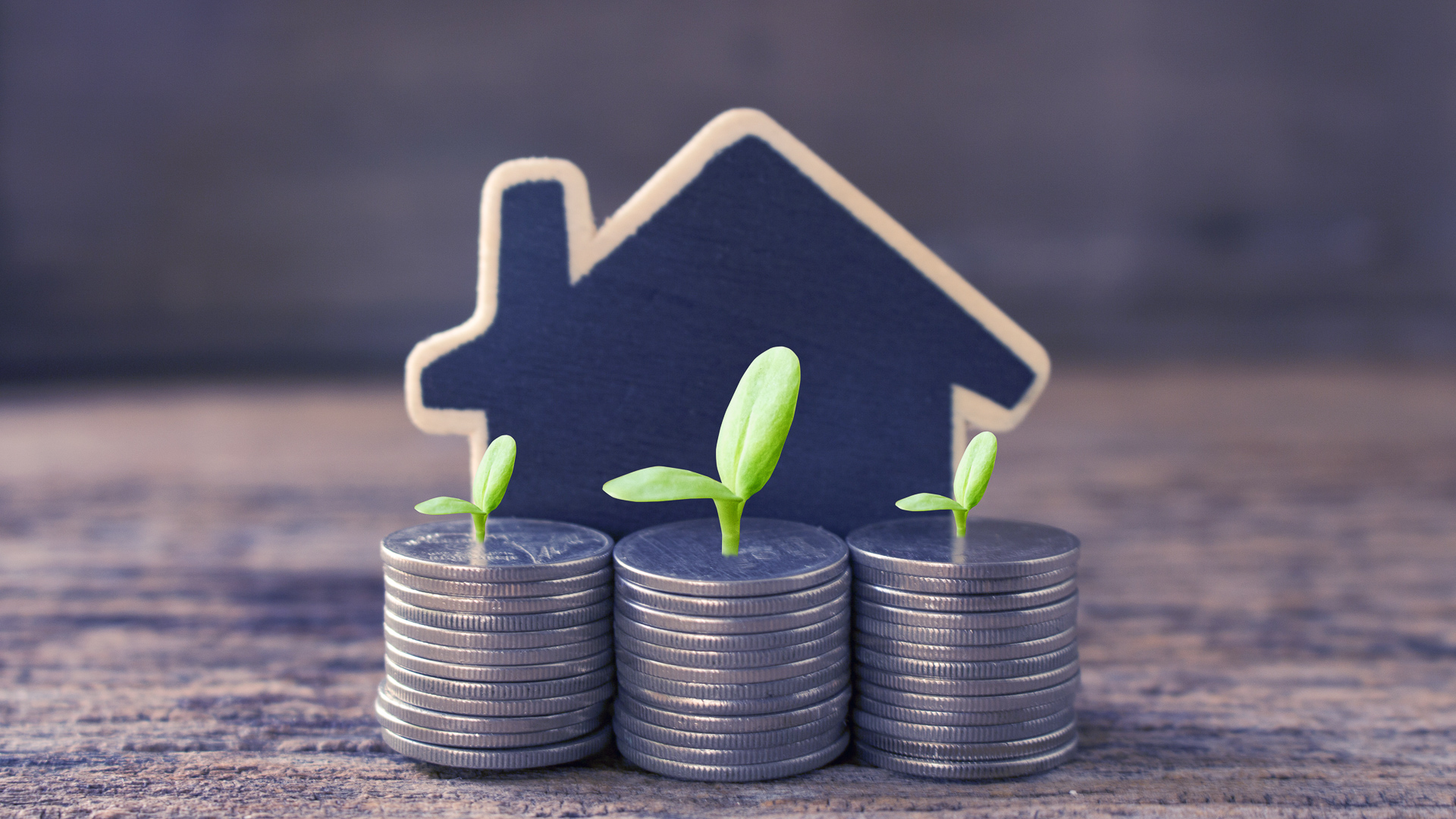Many property investors can access a wide range of tax deductions for their rental property and items subject to depreciation.
Property investors may not be aware of the number of items that can be tax-deductible, such as accounting, bookkeeping and tax expenses relating to the property.
Here are some tips to help you maximise on your claims:
Use a quantity surveyor:Registered quantity surveyors can establish the value of purchased items and building construction costs by preparing depreciation schedules to maximise an investor’s claim.
Items as diverse as kitchen equipment, bathroom fittings, outdoor furniture, air conditioning and swimming pools are all legitimate claims. A quantity surveyor will ensure valuations of the items in the building are at market value, avoiding
the need to explain any valuations that are higher than expected to the ATO. The cost of using a quantity surveyor is also tax deductible.
Distribute expenses:It is common for investors to bundle a mix of properties under one single loan, i.e. the family home and a rental property may be funded by the same mortgage and expenses apportioned accordingly. However, having separate loans can increase deductions as the non-deductible debt can be paid down or even better linked to an offset account, with the deductible loan having full interest paid and claimed.
Immediate write-offs:
An immediate write-off applies to items worth less than $300 and can be claimed in the current income year. Items such as garden gnomes, kitchen cutlery, ironing boards and irons are easily forgotten and can all be written off in the first year.
Depreciation:
Construction costs can generally be depreciated at 2.5% each year over 40 years for residential properties built after July 1985. This entitlement passes from one owner to the next whenever the property is sold. A quantity surveyor can provide an
estimate if information is not available. Many high-value household items are now deducted using the “diminishing value method”, which means the most depreciation happens in the first few years. For example, ducted heating worth $4941 would have a first-year deduction of $493, rising to $2022 over the first five years.
Adding items such as solar lights, garbage bins, garden sheds, intercom systems and closed-circuit television systems to a low-value pool can open up ways to depreciate items at a higher rate, therefore increasing immediate returns.
This publication is for guidance only, and professional advice should be obtained before acting on any information contained herein. Neither the publishers nor the distributors can accept any
responsibility for loss occasioned to any person as a result of action taken or refrained from in consequence of the contents of this publication. Publication date April 2019.

